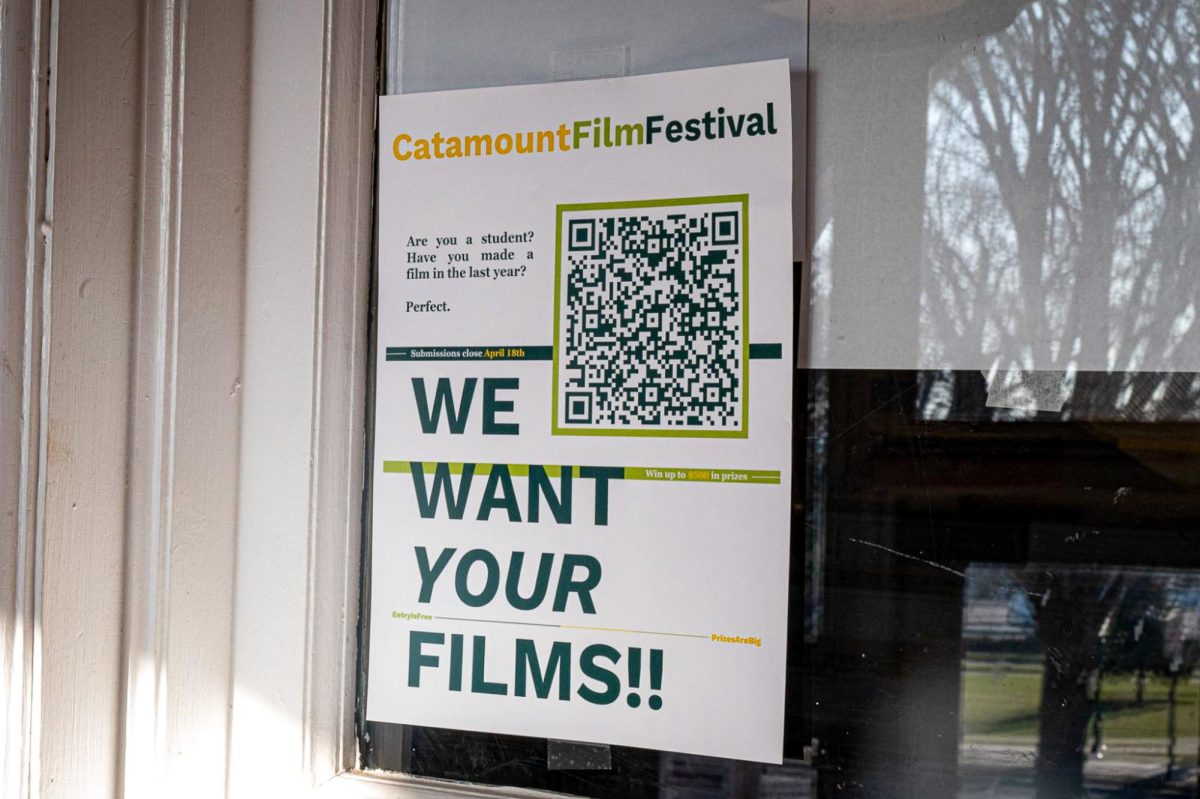In Reebok’s latest ad campaign aimed at young urban males and those who wish they were, gratuitous street cred in the form of Jay-Z to Allen Iverson proclaims: “I am what I am,” while wearing Reeboks. Another well-known figure recently featured in the campaign, albeit barefoot, is the Haitian-American artist Jean-Michel Basquiat.
Basquiat, a protégé of Andy Warhol who died from a heroin overdose in 1988 at age 27 after worldwide success unprecedented for a young black artist humbly rooted in graffiti, is as famous for his unique painting style as his quick rise to fame and success in breaking into the predominately white landscape of the1980’s New York art scene. Basquiat’s premature death has now come to symbolize the excess of the era as well as the tragedy of the disposability of Basquiat, as an outsider to some of the world’s richest and sycophantic people during a time of a ravenous and, some now consider, inflated art market. But his overdose did not kill the appeal of his art and image; in 2005, seventeen years after his death, Basquiat’s estate signed a deal with Reebok licensing his name, image and art to the company, who has since developed a limited edition Basquiat shoe bearing his design and insignia.
The boundaries between art and commerce have long been blurred, perhaps most remarkably by Basquiat’s mentor, confidant and collaborator, Warhol, in the 60’s Pop Art movement, as his career would be defined by the deconstruction of any barriers between the two venues. In this context of twenty-first century art-as-advertisement, Basquiat Reeboks are merely another product of the malleable outlets for modern art, subject to the whims of corporate giants looking to appeal to the deep pockets of an untapped demographic. But because Basquiat was deliberately anti-authoritarian, painting on any public or private property he could find, and later was ultimately consumed by the system, the brokerage of his image to sell sneakers as 50 Cent’s contemporary is something that makes this hijacking of an artist’s legacy a particularly unsettling one. As Revs, a contemporary New York graffiti artist stated, “Once money changes hands for art, it becomes a fraudulent activity.”











